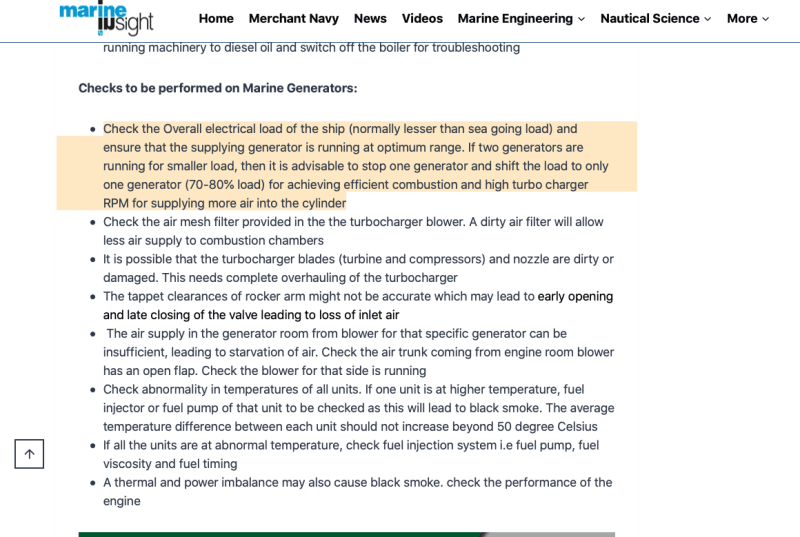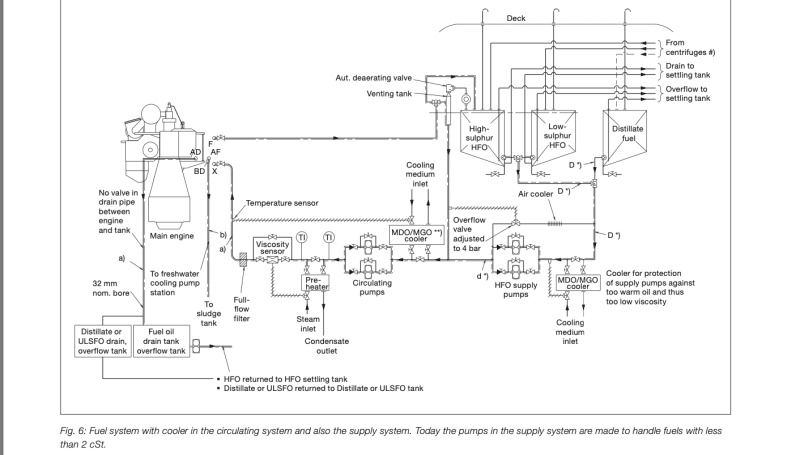Tomfh
Structural
- Feb 27, 2005
- 3,584
Follow along with the video below to see how to install our site as a web app on your home screen.
Note: This feature may not be available in some browsers.
TugboatEng said:The engines don't do any adjustment.
TugboatEng said:They have only a constant speed governors that increases or decreased injection quantity based on engine speed and load.


JamesTK said:They added a heap of ballast, and reports are it's been moving slightly in the storms/tide so should hopefully break free without too much hassle
![[afro] [afro] [afro]](/data/assets/smilies/afro.gif)
